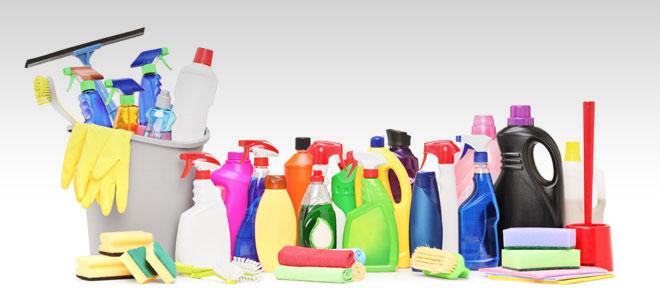
Floor seals are semi-permanent finishes applied to a flooring to render it impermeable to protect the surface from dirt, stain and other liquids and to provide an easy to maintain surface. The floor surface must be clean and dry before a seal is applied or it will not ‘key’ to the surface.
These acts as a protective barrier by preventing the entry of dirt, grit, liquids, grease, stains, and bacteria. They prevent scratching and provide an easily maintainable surface. The right type of seal should be applied to each type of floor for effective protection and an attractive appearance. According to their functions, floor sealers can be finishing, protective, or a combination of both.
They are also grouped as permeable, semi-permeable, and impermeable, according to their penetrability vis-a-vis water. Permeable seals can be used on wood, cork, stone (except slate), and magnesite floors. Impermeable seals should be avoided on these iioors as the moisture naturally found within these floors will then get entrapped and may cause disintegration of the flooring. Impermeable seals may be used on PVCs, thermoplastic tiles, and rubber floors.There are six main types of floor sealers, depending on their composition.
Oleo-resinous sealersThese
are clear, solvent-based sealers used on wood, woodcomposition, cork,
and magnesite floors. They consist of oils, resins, solvents, and
driers. They not only impart an attractive surface gloss, but also
penetrate the floor, darkening the colour and highlighting the grain of
wood floors. They are comparatively cheaper than other sealers.One-pot plastic sealers These
are also called one-can sealers. They are made up of synthetic
materials. They impart a gloss to the floor surface but do not penetrate
it They are used on wood, wood-composition, cork, and magnesite floors.
Polyurethanes can also be used on concrete. The three types of one-pot
plastic seals are: (a) Urea-formaldehyde resin with an acid catalyst.
(b) Oil-modified polyurethane. (c) Moisture-cured polyurethane.Two-pot plastic sealersThis
type of sealer is composed of a base such as urea. formaldehyde or
polyurethane and an accelerator or hardener. The two components are kept
separate until use, else a chemical reaction occurs between them and
the mixture hardens in the can. Because of the separate components, the
shelf life of these sealers is longer. The accelerator in itself has a
shorter shelf life, however. The two components should be mixed in the
recommended proportions, else the sealer will not harden and t will
result in a patchy finish. This type of sealer should be used in a
well-ventilated room as they smell strongly of solvent fumes. They may
be used on wood, wood-composition, cork, and magnesite floors.
Pigmented sealers As the name implies, these sealers contain colour pigments, which, apart from providing colour, also strengthen the sealer. They may be used on concrete, wood, wood-composition, magnesite, asphalt, and stone floors. There are two types available: (a) One-pot synthetic rubber. (b) Two-pot polyurethane.Water-based sealersThese are composed of acrylic polymer resins and a plasticizer. The particles of the resin penetrate the pores on the floor surface to provide a plastic -skin’. These are less durable sealers and should be reinforced with a water -based floor wax. However, they can easily be touched up, removed, and renewed. They may be used on marble, terrazzo, magnesite, linoleum, rubber, thermoplastic tiles, PVCs, asphalt, concrete, stone, and quarry tiles. Silicate dressingsThese consist of a base of sodium silicate dissolved in water. This is not a true sealer. The sodium silicate reacts with the lime in concrete floors to form insoluble calcium silicate. The water acts as a carrier, and after it evaporates, silicate glass is formed. They simply reinforce concrete and stone floors, and prevent the accumulation of dust on their surface. Silicate dressings are much cheaper than sealers.